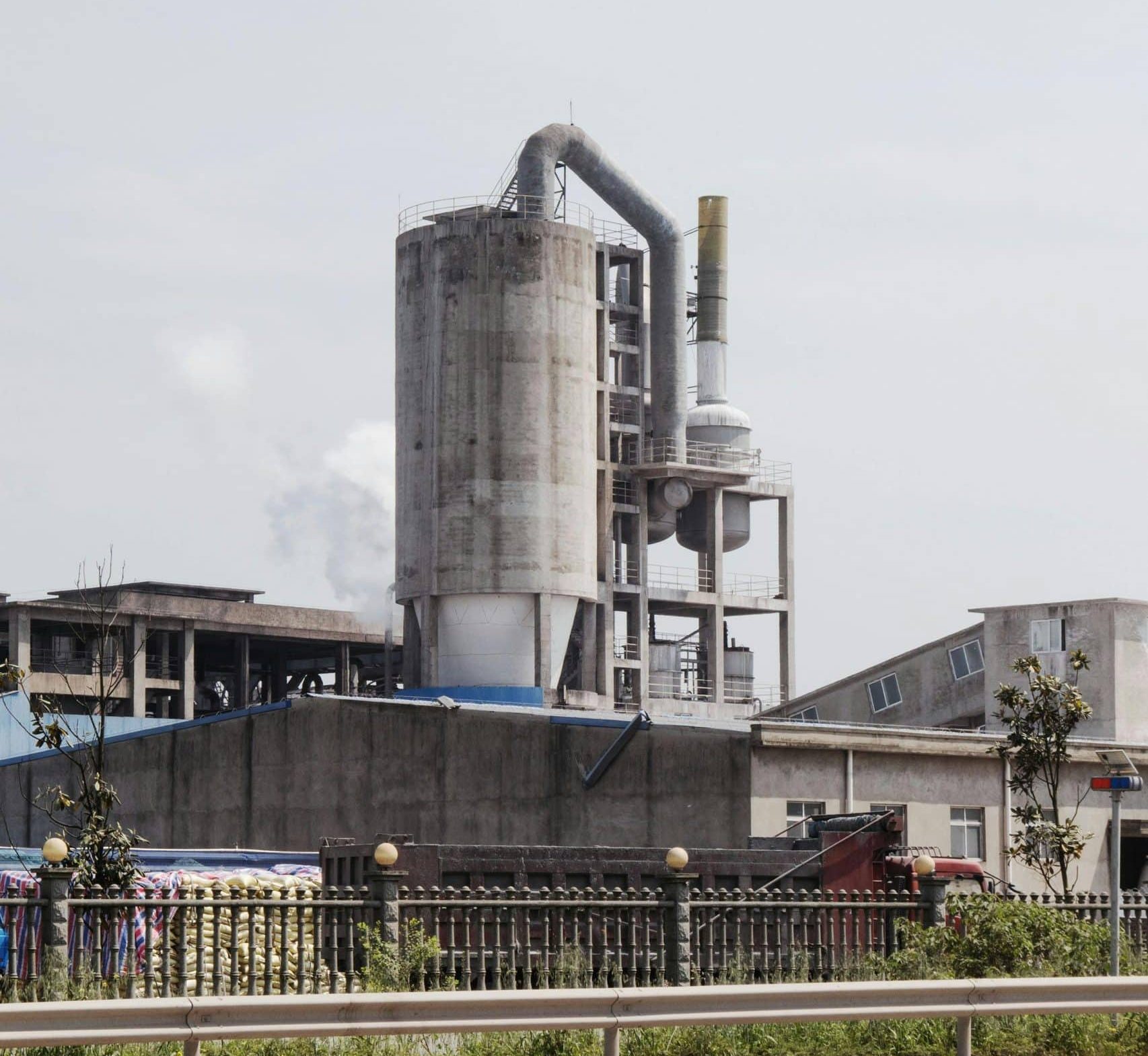How Can Nanotechnology Improve Water Filtration Systems in Rural UK Areas?

Water is the single most important resource on this planet, and yet, many communities still struggle with access to clean, potable water. This is particularly true in rural areas of the UK, where aged water treatment and purification systems can fail to effectively remove contaminants. Nanotechnology, the manipulation of matter on an atomic and molecular scale, holds great promise in revolutionizing the water filtration process. Membranes based on nanotechnology offer high efficiency and lower cost, making them ideal for deployment in rural areas where budget constraints often limit the implementation of advanced water treatment systems.
The Problem with Traditional Water Treatment Processes
Before we delve into how nanotechnology can improve upon existing water treatment systems, it is essential to understand the limitations of traditional methods used in many rural areas of the UK. The mainstay of these systems is a carbon-based filtration process. This involves passing water through a bed of activated carbon, which traps many types of impurities.
Avez-vous vu cela : What Is the Impact of Smart Technology on Energy Conservation in UK Schools?
However, while carbon filters are effective at removing certain contaminants, such as chlorine and volatile organic compounds, they struggle with others. Some pesticides, heavy metals, and microbiological contaminants can pass through these filters. This is because the pore size of carbon filters is too large to capture these smaller pollutants.
Moreover, the carbon filter’s effectiveness decreases over time as the surface area of the carbon becomes fully coated with trapped impurities. This necessitates regular replacement of the carbon filter, adding to the overall cost of the system.
Sujet a lire : What Are the Latest Developments in Anti-Fog Technology for UK Traffic Cameras?
The Promise of Nanotechnology in Water Treatment
Nanotechnology offers a new avenue for improving water filtration systems. Materials at the nanoscale, typically between 1 and 100 nanometers in size, have unique chemical, physical, and biological properties. These properties make them uniquely suited for use in water purification systems.
One of the most promising developments in nanotechnology for water treatment is the creation of nanocomposite membranes. These membranes, composed of nanomaterials such as carbon nanotubes or graphene oxide, have a much smaller pore size compared to traditional carbon filters. This allows them to effectively filter out contaminants that are too small for carbon filters to capture, such as viruses and heavy metals.
Additionally, nanomembranes can be designed to be highly selective, filtering out specific contaminants while allowing essential minerals to pass through. This adds another level of sophistication to the filtration process, improving the quality of the drinking water.
The Benefits of Nanotechnology in Cost and Efficiency
Nanotechnology not only offers superior filtration capabilities but also has the potential to reduce the overall cost of water treatment systems. One of the reasons for high costs in traditional systems is the need to regularly replace the carbon filters. Nanomembranes, on the other hand, can be cleaned and reused, reducing the need for frequent replacement.
Moreover, nanotechnology-based systems require less energy to operate compared to traditional systems. The smaller pore size of nanomembranes allows water to pass through more easily, reducing the amount of pressure required to push the water through the filter. This means a lower energy requirement, contributing to further cost savings.
The Future of Nanotechnology in Water Treatment
While the benefits of nanotechnology in water treatment are clear, there remain challenges to its widespread adoption. One of the primary obstacles is the patent system, which can slow down the development and commercialization of new technologies. Additionally, the long-term effects of nanomaterials on human health and the environment are still not fully understood, necessitating further research.
However, as our understanding of nanotechnology deepens and more effective materials and systems are developed, it is likely that the application of this technology in water treatment will continue to grow. It offers a promising solution to the ongoing challenge of providing clean, safe drinking water to all corners of the UK, including its rural areas.
The Potential of Nanotechnology in Rural UK Areas
Nanotechnology, with its superior capabilities and cost-effectiveness, holds immense potential for improving water treatment systems in rural areas of the UK. These parts of the country often face the challenge of maintaining water quality due to obsolete or inefficient water filtration systems. These regions could greatly benefit from the advanced filtration capabilities of nanotechnology-based systems.
One of the most significant advantages of nanotechnology is its adaptability. Unlike traditional carbon-based filters which have a one-size-fits-all approach, nanomembranes can be customised based on the specific water quality issues faced in a particular area. For instance, if a water source is contaminated with a high concentration of a specific heavy metal, a nanomembrane can be designed to effectively filter out that specific contaminant.
Moreover, nanotechnology can also address the challenge of surface water treatment, which is a common issue in rural areas. Activated carbon filters often struggle to effectively treat surface water due to the presence of microorganisms and other microscopic contaminants. With their smaller pore size, nanomembranes can effectively filter out these contaminants, ensuring safe drinking water.
Implementing Nanotechnology in Rural Water Treatment Systems
The implementation of nanotechnology in rural water treatment systems will require careful planning and consideration. To fully leverage the potential of this technology, it will be necessary to invest in research and development. This can be facilitated with the help of resources like Google Scholar, which can provide access to the latest scientific research in this field.
The initial setup cost of nanotechnology-based water purification systems might be higher than traditional systems. However, the long-term savings in terms of lower energy consumption, reduced filter replacement costs, and improved water quality make it a cost-effective choice.
Moreover, it will be crucial to educate local communities about the benefits of nanotechnology. This can ensure their acceptance of the new systems, and encourage them to maintain and properly use the filtration systems for maximum effectiveness.
In conclusion, nanotechnology presents a promising solution to the water treatment challenges faced by rural areas in the UK. While there are challenges to its implementation, the benefits it offers in terms of superior water filtration, cost-effectiveness, and adaptability make it an ideal choice for rural water treatment systems. With the right investments in research and development, and with the cooperation of local communities, nanotechnology has the potential to revolutionise water treatment in rural UK, ensuring clean, safe drinking water for all.
